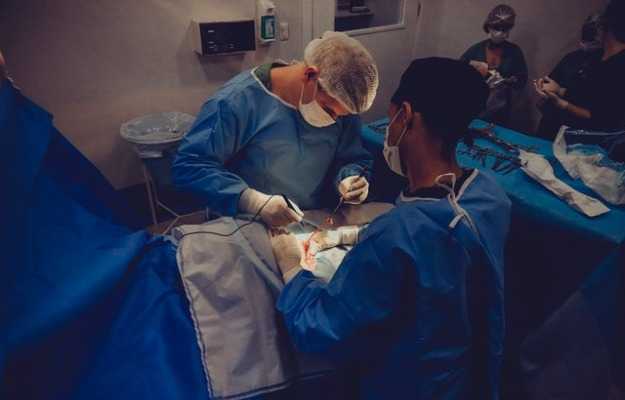Graft versus host disease (GvHD) is a medical complication that may occur after a hematopoietic stem cell transplant or an allogeneic bone marrow transplant.
This occurs when the donated stem cells or bone marrow consider the host or recipient's body to be foreign, and instead of providing protection, they begin to attack the receiver's body.
Hematopoietic stem cells, found inside most bones, make blood cells in the body. They can be transplanted from the patient himself/herself (autologous) or from another donor (allogeneic). An allogeneic transplant refers to the process in which the donor is different from the recipient.
According to a study published in the Orphanet Journal of Rare Diseases in 2007, GvHD is rare, affecting less than 100 per 100,000 people around the world, although the prevalence of this condition hasn't been extensively studied in developing countries.
One of the primary reasons is that bone marrow transplants or stem cell transplants are highly specialised procedures that happen in countries or centres equipped for them. Between 4,795 and 6,850 cases were recorded around the world in 2003, and an average of about 5,500 cases are recorded in a year.
Even though GvHD is a rare disorder, the incidence of patients developing this condition after undergoing stem cell transplants is a high 35% to 50%, and it tends to affect men more than women. There isn't a specific age group where it develops more commonly, although older people are said to develop this condition especially after receiving stem cells from female donors.
Most stem cell transplants occur during treatment for certain types of cancer in addition to radiation therapy and chemotherapy. The condition can be fatal—the annual case fatality is about 25% from GvHD.



































